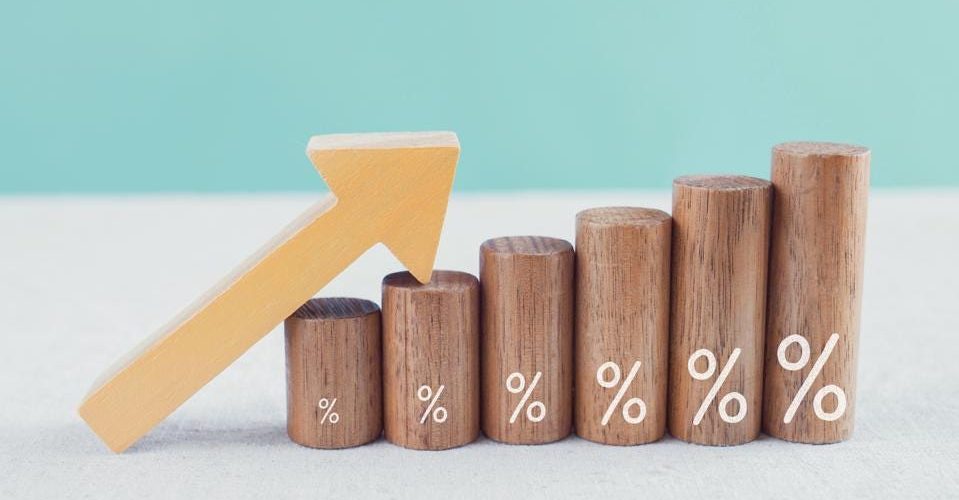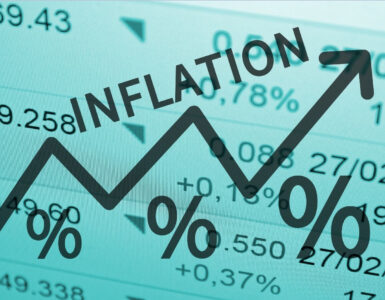Chairman Jerome Powell (pictured) and the other policymakers at the Federal Reserve just said again, after their recent November meeting, that they’ll keep holding a key interest rate near zero. Though the economy has been making gains, the officials want to sit tight a little longer.
But rates won’t stay low forever. As the economy recovers from the worst of the COVID-19 pandemic, inflation is rising and hit a 30-year high in October. The unemployment rate is falling, and so are new sign-ups for jobless benefits. Given that backdrop, the Fed has indicated a rate hike could come as soon as next year.
For consumers, that means now may be the time to splurge on something fun or take out a loan for something necessary, like a new car to replace an old pile of junk that won’t start anymore.
1. Refinance your home loan
Mortgage rates fell to record lows during the pandemic, but this year they’ve been going through ups and downs.
While 30-year mortgage rates are still at historically low levels around 3%, the Mortgage Bankers Association is predicting they’ll rise to 4% next year — which means it’s time to stop procrastinating if you’ve been mulling a refinance.
Chances are you’re still due for a refi. More than three-quarters of homeowners never refinanced at the low rates available during the first year of the pandemic, a Zillow survey found.
The same study revealed that nearly half those who did take out new and cheaper loans are now saving $300 or more each month.
2. Consolidate your debt
The pandemic made it difficult for Americans to travel, eat in restaurants or spend on retail purchases, and many used the money they didn’t spend on those activities to increase their savings and pay down debt.
The number of consumers who paid off their credit card balances in full every month reached an all-time high of 35.1% late last year, according to a report from the American Bankers Association.
Still, many households are continuing to struggle. If you’ve been relying on your credit cards to make ends meet, the expensive interest is going to add up quickly.
You may want to consider a lower-cost debt consolidation loan, which could help you save a substantial amount of interest and even get out of debt sooner.
3. Work on your credit score
While today’s low rates make it easier to take out loans, you’ll find it more expensive to borrow when rates do go up.
Today, it’s easy to take a free peek at your credit score and see if it needs work. You may need to take steps to improve your score to make sure you’ll be able to borrow at favorable rates once the Fed starts tightening credit.
Boosting your credit score a few hundred points will make you a more attractive borrower to all types of lenders – from credit-card issuers to those offering mortgages.
4. Refinance your student loans
Federal student loan payments and interest are paused until Jan. 31, but some prominent Democratic lawmakers, including Sen. Elizabeth Warren and Senate Majority Leader Chuck Schumer, are pushing President Joe Biden to provide more relief for borrowers and forgive up to $50,000 per person.
Meanwhile, Americans with debt from private student loans have remained on the hook for their monthly minimum payments.
If you’re one of those borrowers, refinancing to a lower rate or shorter term could save you thousands in interest fees and shave years off your debt. Student loan refinance rates have been at or near all-time lows this year.
To maximize your savings, compare loan offers from multiple lenders, then lock in the lowest refinance rate you qualify for.
5. Ride the red-hot stock market
Current low interest rates mean you won’t earn much if you put money in a savings account. If you’ve got the appetite to take on a bit more risk, you could consider putting your money into investments.
Even if you don’t have much to put aside, you can download a popular app that helps you to invest with “spare change” from everyday purchases, and grow your pennies in a diversified portfolio.
Or, if you’re still apprehensive about the stock market, you could look into investing in farmland. It’s a stable, profitable asset that has been known to offer better returns than real estate and stocks, according to data from investing platform FarmTogether.
Source: Yahoo Finance










